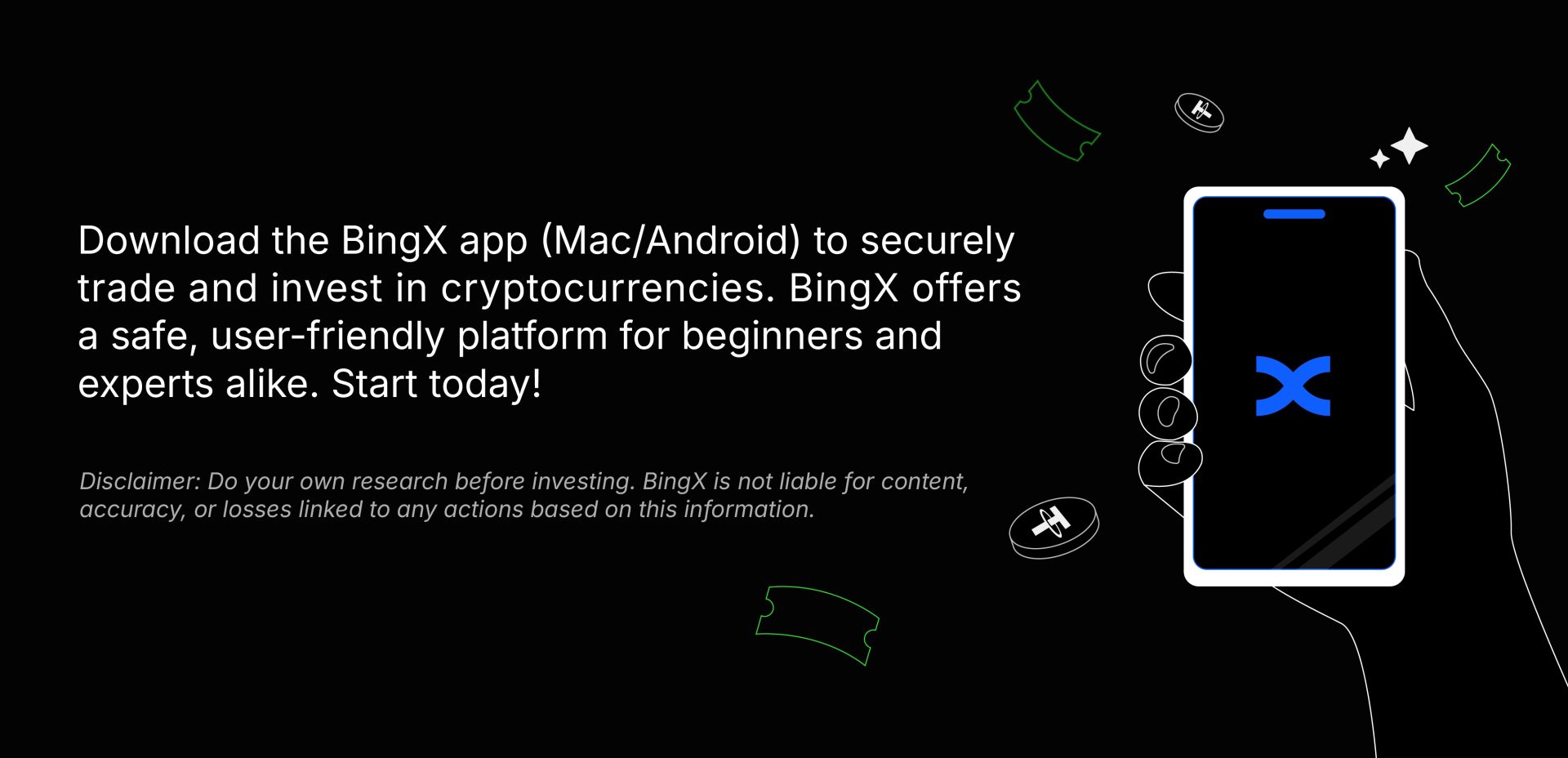Is your trade getting filled or getting frustrated? Ever tried to buy or sell quickly, only to watch the price slip away like a wet bar of soap? That’s not just bad timing, that’s a liquidity issue. Understanding liquidity depth, and how it differs across centralized (CEX) and decentralized exchanges (DEX), is crucial if you want your trades to work for you instead of against you. So how deep is too shallow and where should you dive in?
What Is Liquidity and Why Depth Matters
Liquidity refers to how easily assets can be bought or sold without significantly affecting their price. “Deep” liquidity means there’s a large volume of buy and sell orders across a wide price range. In contrast, “shallow” liquidity can lead to painful slippage where executing even a modest trade moves the market unfavorably. Think of it like this: deep liquidity is a pool you can cannonball into, while shallow liquidity means you might crack your tailbone. For traders, depth isn’t a luxury, it’s a necessity. It affects everything from entry/exit speed to how tight your spreads are and ultimately, your profit.
CEX vs. DEX Liquidity: Who Does It Better?
Centralized exchanges like BingX often dominate in liquidity depth, especially for high-volume assets. Why? Because they aggregate global order flow, deploy market makers, and maintain deep books with lower latency. For traders who value speed and tight spreads, CEXs are often the first choice. Decentralized exchanges on the other hand, bring a different flavor. Meanwhile, DEXs rely on liquidity pools provided by users themselves, not order books. This gives DEXs unmatched transparency and control but comes with greater price slippage, especially during volatility. Still, DEXs shine when privacy and asset diversity matter most.
The Perils of Illiquidity
Trading on an illiquid exchange, whether CEX or DEX, is like shopping at a gas station convenience store: limited choices, high prices, and regret. Without adequate liquidity, even small trades can trigger massive price fluctuations, making the experience frustrating and costly. Illiquid exchanges also become easy targets for price manipulation and front-running. If you’re stuck on a low-volume token with thin depth, getting out could feel like trying to escape a maze made of molasses. This is why evaluating an exchange’s liquidity health is as essential as checking its security features or fees.
Is the Future of Liquidity Hybrid?
Here’s where things get interesting: CEXs and DEXs are learning from each other. Centralized exchanges, including BingX, are exploring decentralized liquidity solutions to meet trader demand for transparency and autonomy.As for DEXs, they work to boost liquidity depth by incentivizing LPs and adopting advanced aggregation protocols. The result? A hybrid model where liquidity flows between centralized and decentralized systems efficient, resilient, and inclusive. This blend of infrastructure could define the next era of trading, where users get the best of both: depth and decentralization, speed and security.
Dive Deeper, Not Dumber
At the end of the day, liquidity is what keeps markets alive and trades fair. Want to avoid price shock, get instant fills, and sleep well after placing large orders? Then go where the depth is and where the tech supports it. BingX, with its deep liquidity pools, user-first tools, and commitment to innovation, is already ahead of the curve. And who knows? With hybrid models on the rise, it might just become your one-stop-shop for both speed and sovereignty.
Don’t just dip your toes in, be sure to dive smart. Just make sure you check the depth first.
